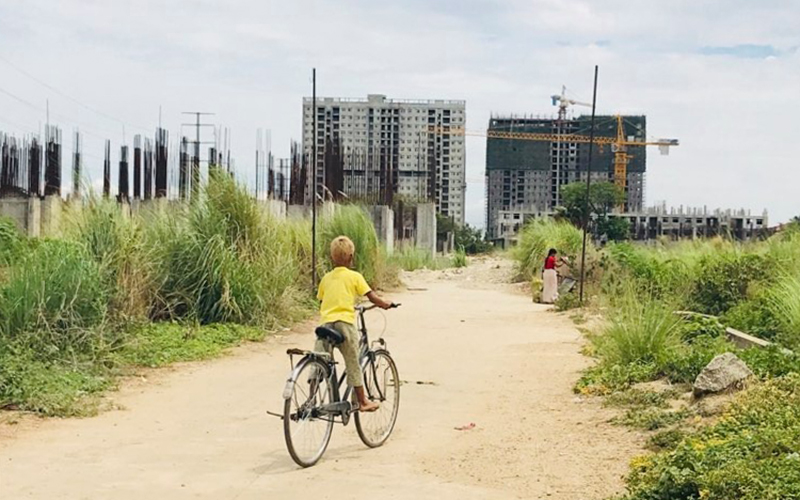DPU Working Paper - No. 207
Trajectories of spatial violence in Southeast Asian cities

2 February 2021
By Marina Kolovou Kouri, Shoko Sakuma, Catalina Ortiz, Giovanna Astolfo, Elizabeth Rhoads
ISSN 1474-3280
This paper aims to reveal how urban ‘development-induced displacement’ (Koenig, 2015; Neef and Singer, 2015) shapes and perpetuates modalities of spatial violence in the context of rapidly urbanising Southeast Asia. While Southeast Asian postcolonial scholars have explored some manifestations of spatial violence such as displacement, a comprehensive regional analysis is still lacking, especially in relation to urbanisation impacts and planning.
Through a comparative lens, this study looks at the urban development contexts and histories of displacement in six cities; Ho Chi Minh, Bangkok, Manila, Jakarta, Phnom Penh, and Kuala Lumpur. We aim to trace patterns of resemblance and specificities in the trajectories of spatial violence using four analytical lenses: political regimes of urbanisation, exclusionary invisibility and disenfranchisement, housing provision policies, and the regulatory repertoires of displacement. Across the studied cities, pressure for economic development and the non-recognition of informal settlements, socially, politically and spatially, has facilitated their progressive erasure from the urban fabric. Spatial violence has often been an institutionalised practice, inscribed in policies and masterplans—seen particularly in authoritarian regimes and in the context of neoliberalisation of urban governance. While condemning ‘informality’ on the surface, authorities have often used illegal/informal practices to evict communities, violating domestic and international laws. We argue that spatial violence has been repeatedly justified with arguments invoking the interest of the public, like the vision of a beautiful city, climate adaptation, and infrastructure development; while, in the absence of adequate frameworks and provisions of housing, informality is both ‘treated’ with and produced by displacement.
 Close
Close

